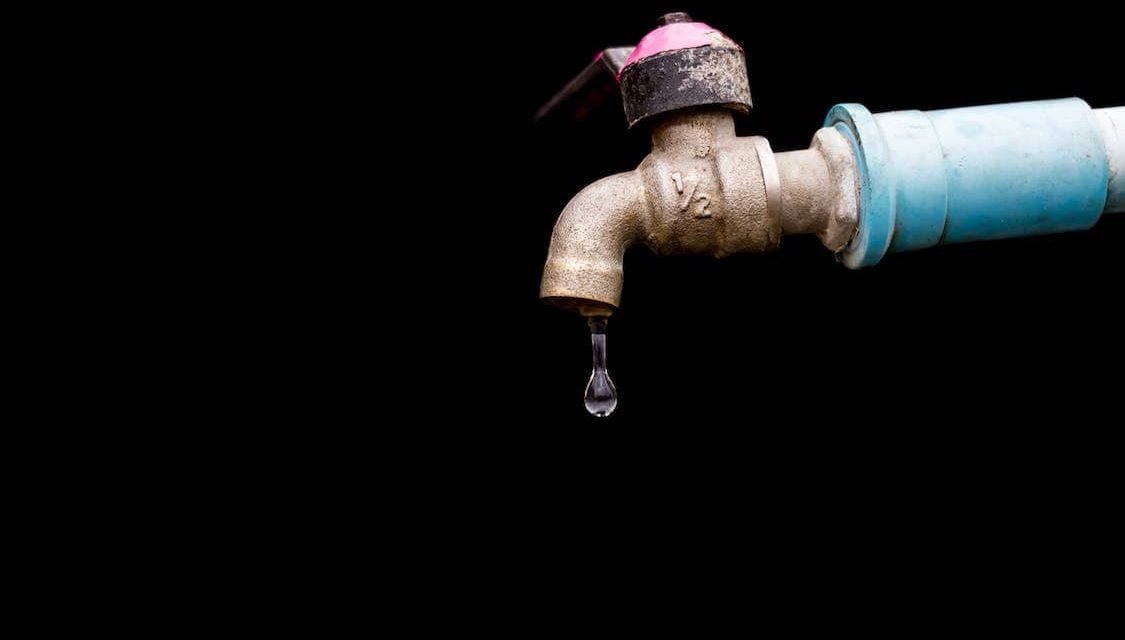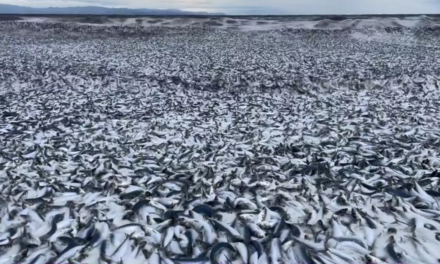In a recent report released by the World Health Organization (WHO) and the United Nations Children’s Fund (UNICEF), it has been revealed that billions of people worldwide are at risk of being unable to access safe household drinking water, sanitation, and hygiene services by the year 2030.
Insufficient Progress, Pressing Needs:
Despite some positive developments, the report emphasizes that the rate of progress in improving access to safely managed water, sanitation, and hygiene (WASH) services falls far short of what is required to achieve universal access by 2030.
The following are some key findings from the report:
Current Status:
- In 2020, approximately one in four people lacked access to safely managed drinking water in their homes.
- Almost half of the global population lacked access to safely managed sanitation facilities.
- At the onset of the COVID-19 pandemic, three in ten people worldwide were unable to wash their hands with soap and water at home.
Incremental Progress:
- Between 2016 and 2020, the percentage of the global population with safely managed drinking water at home increased from 70% to 74%.
- Safely managed sanitation services increased from 47% to 54% during the same period.
- Handwashing facilities with soap and water rose from 67% to 71% globally.
Projections for 2030:
Unless significant action is taken, only 81% of the world’s population will have access to safe drinking water at home, leaving 1.6 billion people without.
The following observations were made:
Inequalities:
- Only 67% will have access to safe sanitation services, leaving 2.8 billion people without.
- Only 78% will have basic handwashing facilities, leaving 1.9 billion people without.
Inequality and Vulnerability
The report underlines the disproportionate impact of the water and sanitation crisis on vulnerable populations, particularly children and families.
- Eight out of ten people without basic water services reside in rural areas.
- Safely managed sanitation services reached 62% of the world’s urban population but only 44% of its rural population.
Sub-Saharan Africa:
- Sub-Saharan Africa experiences the slowest rate of progress globally, with only 54% of people accessing safe drinking water.
- Fragile contexts within the region have even lower access rates, with only 25% of people having access to safe drinking water.
Menstrual Health:
The report highlights significant disparities in meeting menstrual health needs, particularly among vulnerable groups such as women and girls with disabilities and those living in poverty.
Urgent Call for Action:
The WHO and UNICEF report sheds light on the pressing global challenges in achieving universal access to safely managed water, sanitation, and hygiene services.
While progress has been made, current trends are insufficient to meet the ambitious targets set for 2030.
Urgent action is required at the highest levels of decision-making, with increased investment, collaboration, and prioritization of WASH initiatives.
By addressing these challenges comprehensively, we can improve the health and well-being of billions of people worldwide and ensure a more sustainable and equitable future for all.










